Burger King, McDonald’s, Tacko Bell And More, When Advertising Faces Legal Whoppers, A Look into US Fast Food Lawsuit; Where Do Indian Customers Stand When It Comes To Consumer Court Lawsuits?
In the advertising world, where the appearance of a juicy burger or a delectable taco can sway hungry customers, the legal domain has witnessed an intriguing battle between food giants and their dissatisfied patrons. Recent lawsuits against fast food chains like Burger King, Taco Bell, McDonald's, and Wendy's spotlight the fine line between enticing advertising and the reality of what's served on the plate. As these legal battles unfold, they shed light on the intricacies of consumer expectations, advertising transparency, and the pursuit of justice in a world where even the simplest of pleasures can become a point of contention, happy munching, not so much! And what about Indian consumers? How smooth is their path to lawsuits?
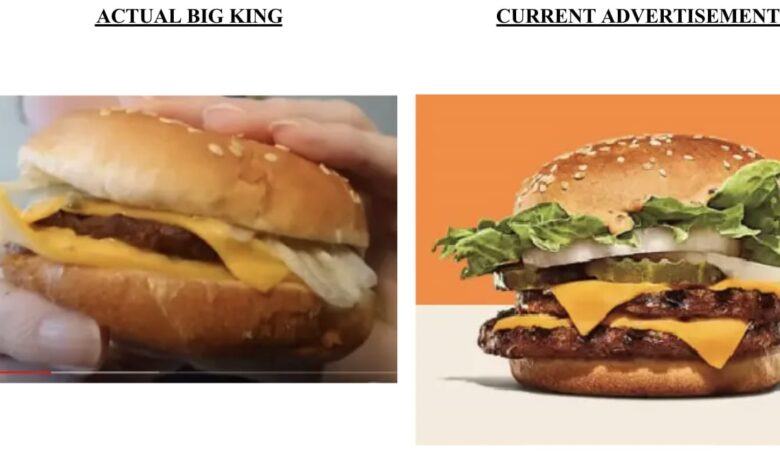
Burger King’s Whopper Misadventure
A classic Whopper from Burger King might have all the ingredients to tantalize taste buds, but a recent lawsuit alleged that the depiction of this burger on in-store menu boards painted a different picture.
U.S. District Judge Roy Altman in Miami dismissed Burger King’s bid to dismiss the lawsuit, allowing it to proceed on claims that the chain misled customers by making the Whopper sandwich appear larger than it truly is.
The accusation pointed to the portrayal of ingredients overflowing the bun, giving the illusion of a larger and more substantial meal. While Burger King argued that they weren’t obligated to replicate the exact visual representation, Judge Altman emphasized the importance of discerning “what reasonable people think.”
This case reflects a tussle between advertising artistry and consumer perception. It raises questions about the responsibility of fast food chains to uphold the expectations set by their promotional materials.
![]()
Taco Bell and the Mexican Pizza Saga
Frank Siragusa’s decision to sue Taco Bell over a Mexican Pizza that didn’t measure up to his expectations took many by surprise. The lawsuit, seeking a staggering $5 million in damages, accused Taco Bell of falsely advertising the contents of its menu items, including the Mexican Pizza.
Siragusa alleged that the actual filling was significantly less than depicted in the advertisements, painting a vivid contrast between marketing imagery and real-life servings.
This legal action isn’t an isolated incident; it’s part of a trend where consumers are increasingly willing to challenge advertising claims that don’t align with their experiences.
The lawsuit also emphasizes the broader implications for lower-income consumers who might feel financially burdened by false advertising claims, especially in times of economic uncertainty.
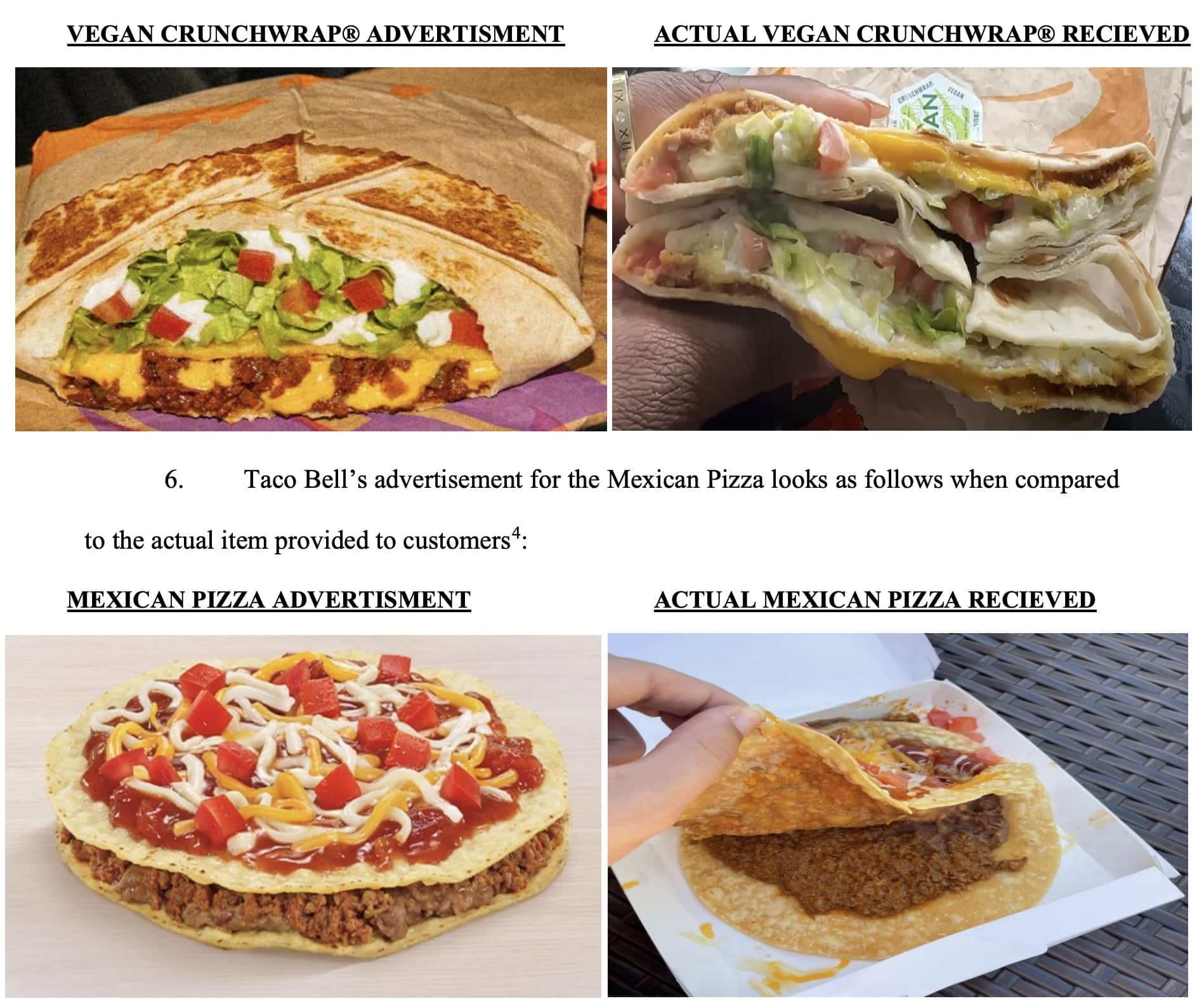
A History of Legal Battles
Fast food lawsuits are not entirely new. In the past, Red Bull faced a lawsuit over its “Red Bull gives you wings” slogan, which consumers believed promised extraordinary benefits from consuming the energy drink.
The case ultimately led to a settlement of $13 million, with the slogan itself undergoing a transformation.
Similarly, Kraft Heinz found itself in hot water when a woman sued the company for $5 million, claiming their pasta failed to cook in the promised 3.5 minutes.
These cases illustrate the impact of advertising on consumer expectations and highlight the responsibility that companies bear when promoting their products, thus the necessity for transparency in advertising claims, ensuring that what’s offered matches what’s marketed.
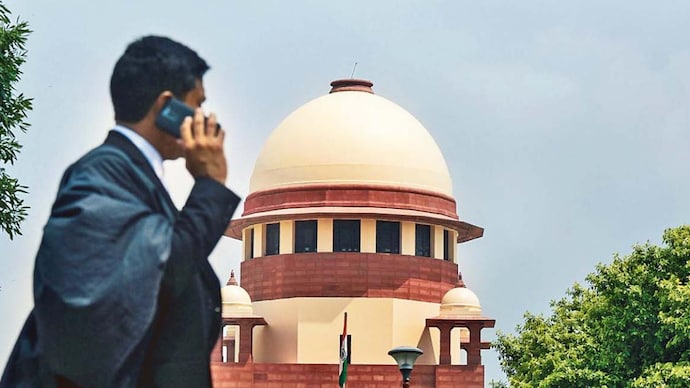
India’s Appetite for Consumer Court Cases
As the legal world sizzles with lawsuits against fast-food giants, let’s take a delectable detour to India; how easy is it (or not easy at all) for Indians to file and (hopefully) win their legal battles –
India’s Consumer Court System
In India, the consumer is not a king but a warrior; although armed with the Consumer Protection Act 2019, not many choose to go that way because of the time-consuming, financial constraints, and many other reasons.
This act empowers consumers to seek redressal for their grievances against faulty products, deceptive advertising, and unfair trade practices.
India’s consumer courts are divided into three tiers – the District Consumer Disputes Redressal Forum, the State Consumer Disputes Redressal Commission, and the National Consumer Disputes Redressal Commission.
Puns on the Platter
Now, let’s sprinkle a touch of humor (pun intended) into the mix; India’s legal landscape is known for its punny and playful approach to justice. Just as a well-timed quip can lighten the mood at the dinner table, Indian consumer court cases often come with a side of wordplay.
Imagine a case where a disgruntled customer takes a leading fast-food chain to court over a “burger blunder.” The consumer might argue that they were “overcharged and underwhelmed” by the experience, but who really cares?
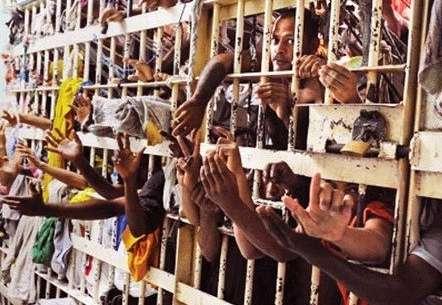
Consumer Battles in Overburdened Indian Courts
India is a land where the wheels of justice turn slowly, and legal matters meander through a labyrinthine system; the plight of the common consumer can be both disheartening and frustrating.
With jails overflowing with unresolved cases and verdicts taking their own sweet time, the battle for consumer rights often faces an uphill climb.
Courts Under Strain
India’s legal system is grappling with a colossal backlog of cases that span various domains, from criminal matters to civil disputes.
This overcrowding is particularly evident in consumer courts, where matters related to faulty products, deceptive advertising, and contractual breaches are piled high.
As these cases vie for attention alongside more serious criminal and civil issues, consumers seeking justice can find themselves caught in a seemingly endless queue.
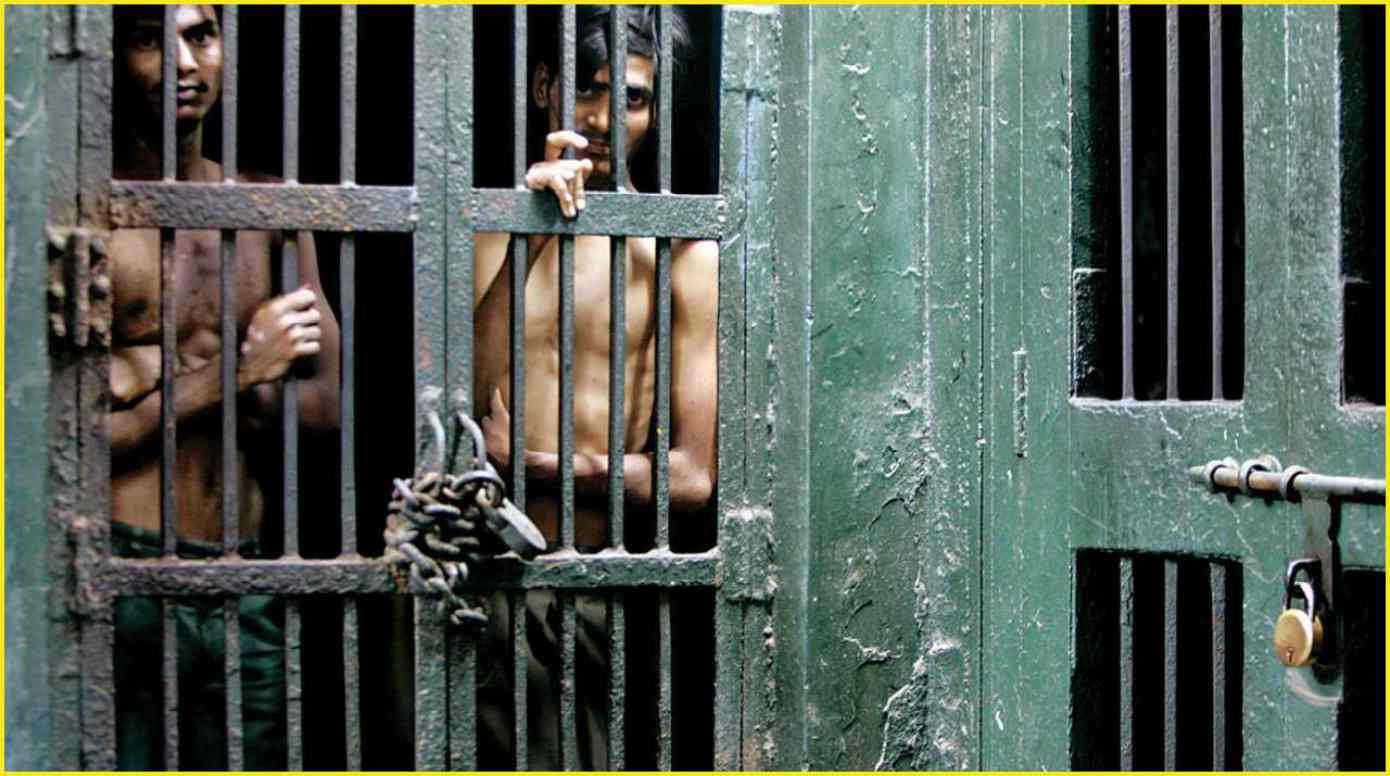
Time Lags and Delays
A defining characteristic of the Indian legal system is the time it takes for cases to be resolved; for consumers embroiled in legal battles against corporations, these delays can be a heavy burden to bear.
The extended timeframe of consumer court cases often serves as a deterrent, pushing individuals to abandon their pursuit of justice due to the sheer frustration of waiting.
In the U.S., the legal system places a premium on efficiency, with well-defined procedures for case management. While the speed of justice can still vary, streamlined processes and available resources tend to expedite consumer cases more effectively than in India.
The Cost of Seeking Redressal
While the Consumer Protection Act aims to empower consumers, the financial aspect of legal battles remains a significant hurdle. Engaging legal representation, navigating court procedures, and even simply attending court sessions incur expenses that can strain the finances of the average Indian consumer. This financial burden is magnified by the uncertainty of a favorable outcome. Many consumers, unable to bear the costs, reluctantly relinquish their efforts to seek justice.
In contrast, the U.S. offers a broader framework for contingency fee arrangements, allowing consumers to hire lawyers without upfront payment. This system, though not without its drawbacks, ensures that financial barriers don’t stifle individuals seeking justice against powerful corporations.
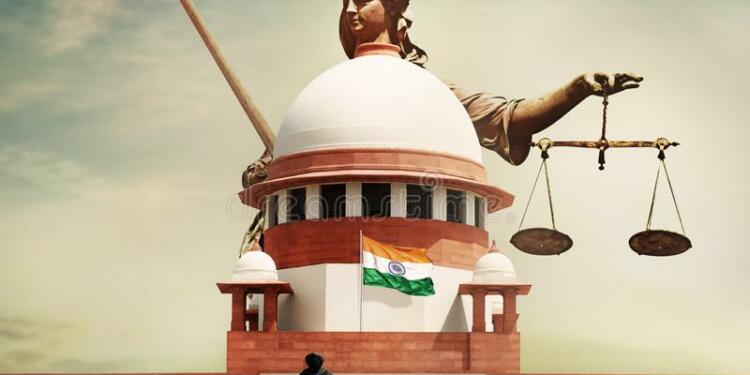
Shadows of Bureaucracy And Navigating the Complex System
The complexity of India’s legal system is an additional layer of hardship for consumers. The complexities of procedures, paperwork, and formalities can be baffling for those without legal expertise. Steering this bureaucratic labyrinth further prolongs the legal battle and deters individuals from pursuing their claims.
In the U.S., while the legal process can also be intricate, there’s often a greater emphasis on providing accessible legal information and assistance; this has contributed significantly to a more user-friendly environment for consumers seeking justice.
Contrasting Consumer Court Battles in India and the U.S.
Steering through the path to justice is often akin to a labyrinthine journey, where every step holds its own challenges. In India, the quest for consumer justice can be a complicated ordeal, weighed down by factors that distinguish it from the process in the United States.
Collective vs. Individual Action: Strength in Numbers
In India, the consumer protection domain is marked by individual actions, with consumers often fighting battles alone. This often results in resource disparities when pitted against well-funded corporations.
Class-action lawsuits, which allow groups of consumers with similar grievances to join forces, are still evolving in India.
In the U.S., class-action lawsuits have long been a powerful tool for consumers. These collective actions amplify the consumer voice, enabling groups to hold companies accountable for widespread issues. This consolidated approach levels the playing field and emphasizes the collective power of consumers.
The Last Bit, The contrast between consumer court battles in India and the U.S. emphasizes the importance of a well-functioning and accessible legal system.
While India’s legal framework is evolving to address these challenges, there’s still a considerable gap when compared to the U.S. – from financial barriers to procedural complexities, Indian consumers face hurdles that can make seeking justice a daunting endeavor.
As consumer protection gains prominence globally, it’s essential for India’s legal system also to evolve; a fair and efficient consumer court system is not just a safeguard for individuals; it’s a cornerstone of a just society.




